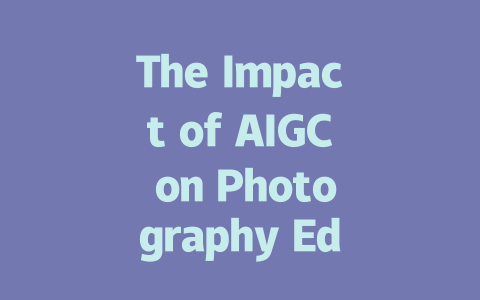
The emergence of Artificial Intelligence-Generated Content (AIGC) has revolutionized various industries, and photography education is no exception. With advancements in AI technology, educators and students alike are experiencing significant shifts in how photography is taught and learned. This article explores the transformative effects of AIGC on photography education, highlighting its benefits, challenges, and future potential.
AIGC: Understanding the Basics
AIGC refers to content that is created using algorithms and artificial intelligence systems. In photography, AIGC can generate images, edit photos, and even provide automated feedback on students’ work. As AI tools become more sophisticated, educators are finding innovative ways to incorporate them into the learning process.
Enhancing Creativity and Inspiration
One of the most significant impacts of AIGC on photography education is the enhancement of creativity. Tools that generate unique images based on specific criteria can serve as inspiration for students. For instance, an AI program might create a landscape based on selected color palettes or styles, prompting students to explore new artistic avenues. This creative stimulation allows students to push their boundaries and think outside the box.
Streamlining the Learning Process
AIGC also streamlines various aspects of the photography learning process. With AI-driven tools, students can quickly edit and enhance their photos, allowing them to spend more time focusing on composition and concept rather than technical details. Automated feedback systems can analyze student work, providing insights on areas for improvement in real time. This immediate feedback can accelerate learning and help students develop their skills more efficiently.
Bridging Gaps in Technical Knowledge
Many students enter photography education with limited technical knowledge. AIGC tools can bridge this gap by demystifying complex processes. For instance, AI software can automate tasks like exposure adjustments and color corrections, enabling students to achieve professional-quality results without needing to master all the underlying techniques right away. This accessibility makes photography more approachable for beginners.
Challenges and Ethical Considerations
While the benefits of AIGC in photography education are evident, there are also challenges and ethical considerations to address. One concern is the potential for AIGC to overshadow traditional photography skills. If students rely too heavily on AI tools, they may not develop the essential skills needed for various stages of photography.
Moreover, the question of originality arises with the use of AIGC. As students create works influenced by AI algorithms, it becomes important to consider issues of authorship and copyright. Educators must navigate these challenges thoughtfully, ensuring that AIGC enhances rather than detracts from the learning experience.
The Future of Photography Education
Looking ahead, the integration of AIGC in photography education is likely to deepen. As AI technology continues to evolve, educators will need to adapt their teaching methods and curricula to incorporate these tools effectively. Future photographers will likely need a combination of traditional skills and an understanding of how to leverage AI in their work.
Conclusion
The impact of AIGC on photography education marks the beginning of a new era for artists. By enhancing creativity, streamlining the learning process, and bridging technical knowledge gaps, AIGC is reshaping the way photography is taught and experienced. However, the challenges and ethical questions that arise must also be addressed. As educators and students embrace these changes, the future of photography promises to be more innovative and inclusive than ever before.






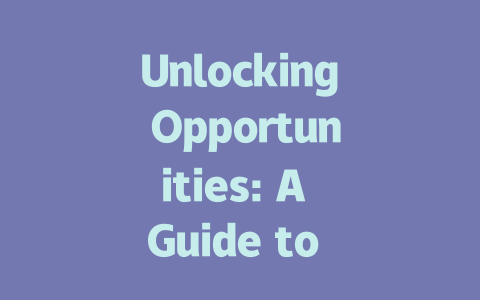
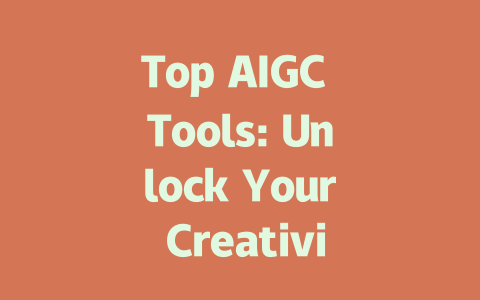
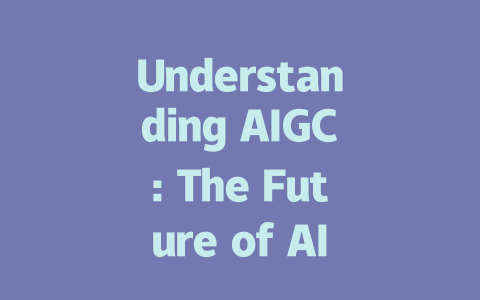
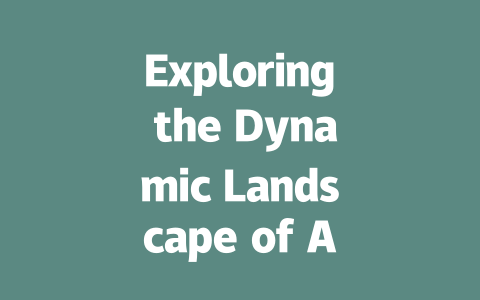
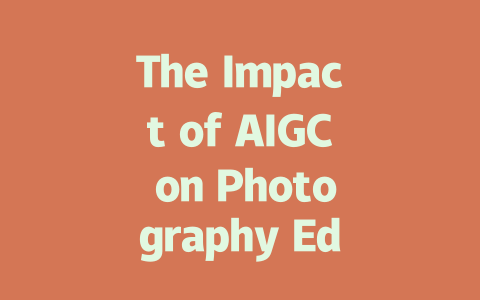

暂无评论内容